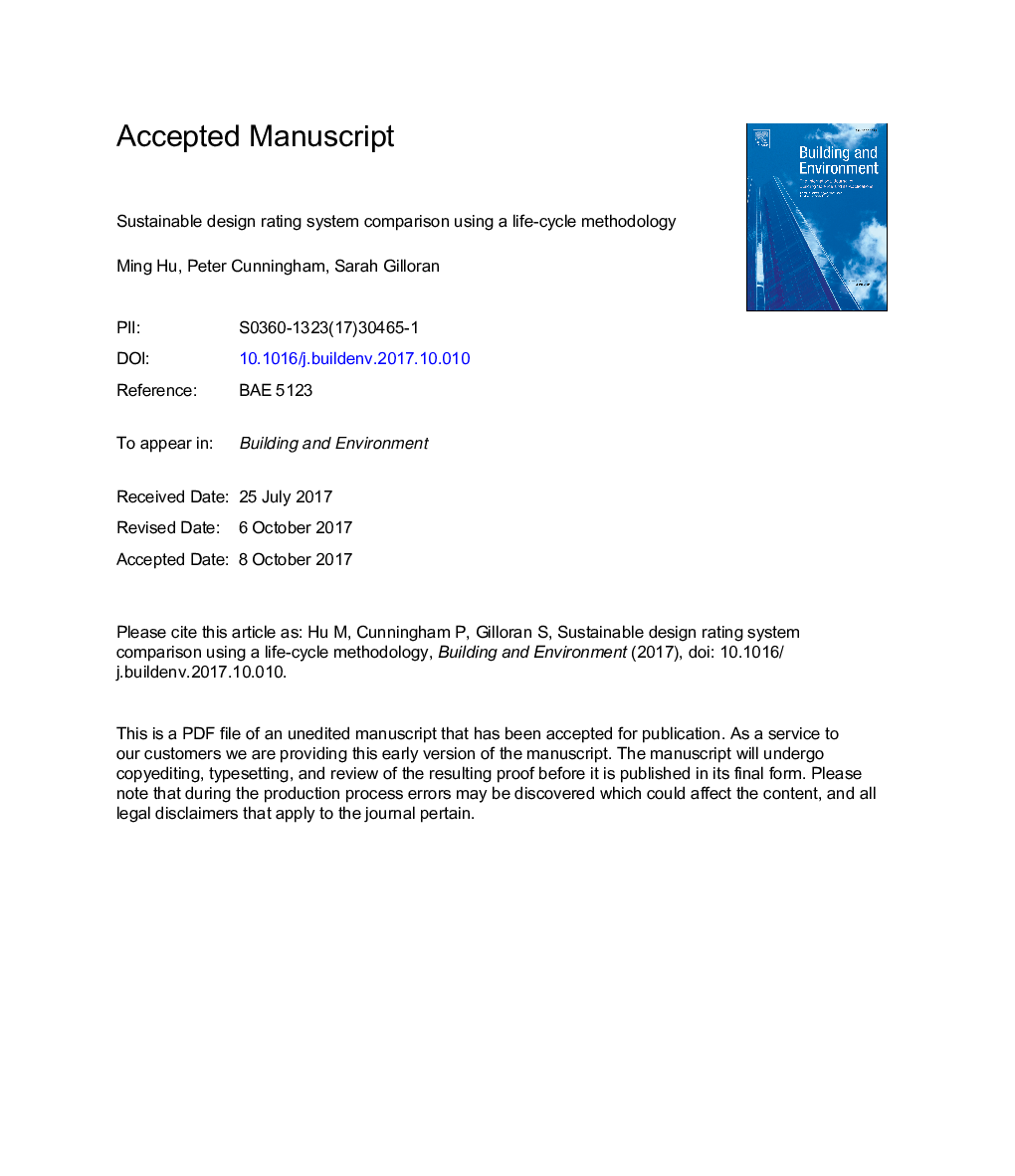| Article ID | Journal | Published Year | Pages | File Type |
|---|---|---|---|---|
| 6698617 | Building and Environment | 2017 | 27 Pages |
Abstract
Sustainable design rating systems for buildings emerged in the early 1990s globally as an essential method for improving building performance by focusing on conserving energy and minimizing environmental impact. Due to the complexity of buildings, different sustainable-building rating system definitions, as well as the varied target markets and implementation processes, it is difficult to fairly compare different rating systems. The lack of clear knowledge about the comparative characteristics of each of the sustainable-building rating systems has raised concerns. Are the rating systems comparable? What are the pros and cons for each of the rating systems? This paper compares four sustainable design rating systems-LEED, Net Zero Energy Building, Passive House, and Living Building Challenge-by using a life-cycle assessment framework to gain a holistic understanding of the comparative effectiveness of each of the four systems. Based on available data, a built prototype for each system was chosen to conduct the comparison. The objectives of this paper are to 1) propose a method to compare the different rating systems, 2) estimate the life-cycle primary energy-saving potential of each rating system in comparison to the ASHRAE 2010 baseline, and 3) compare the environmental impact reduction potential of each rating system. Through this project, a systematic approach is utilized to compare and understand the energy conservation and environmental impact assessments across the schemes that have been established.
Related Topics
Physical Sciences and Engineering
Energy
Renewable Energy, Sustainability and the Environment
Authors
Ming Hu, Peter Cunningham, Sarah Gilloran,
